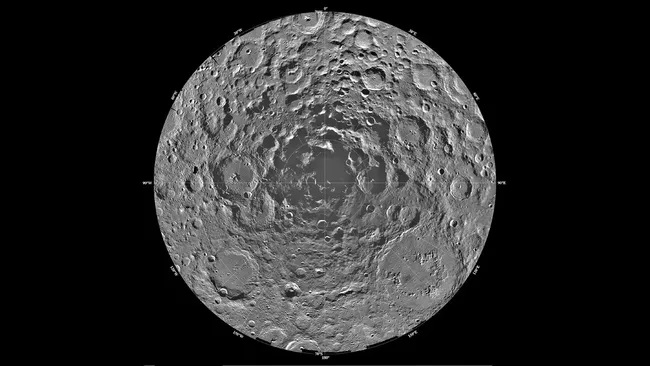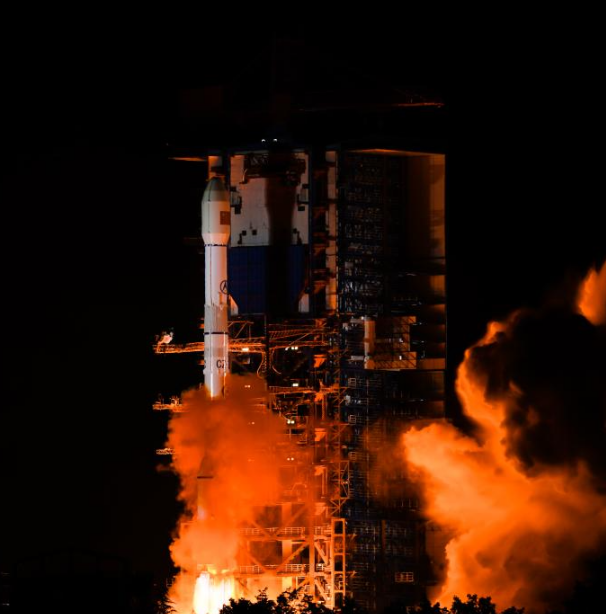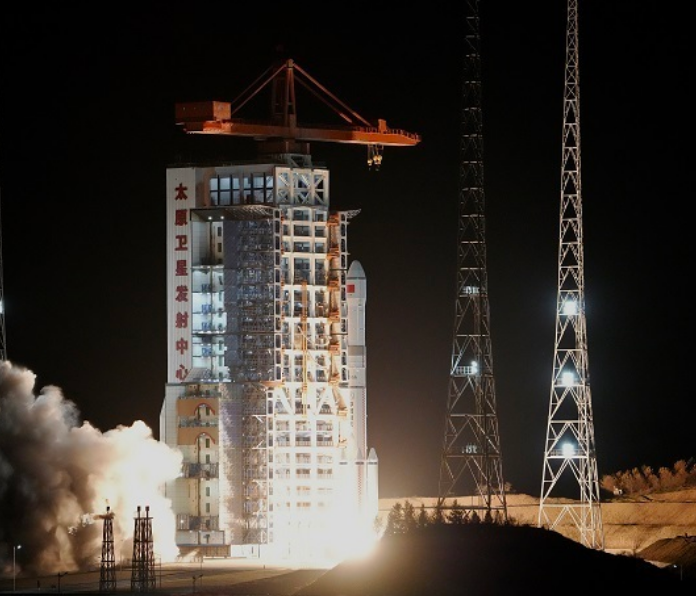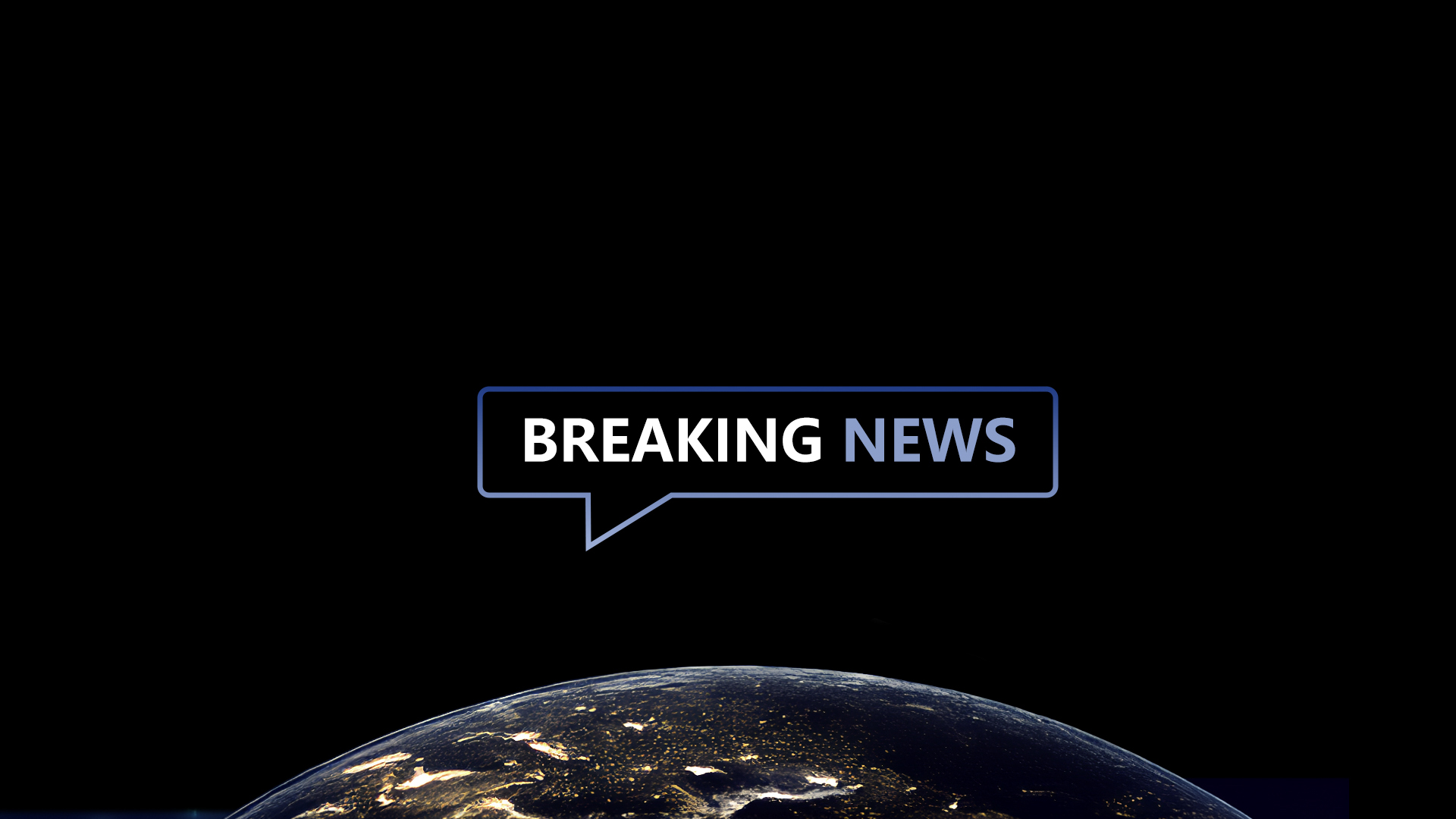07
2024-11
India targets 2028 for Chandrayaan-4 sample-return mission to moon's south pole

An image of the lunar south pole as seen by NASA's Clementine spacecraft in 1996. (Image credit: NASA/JPL/USGS)
India is eyeing a 2028 launch for its Chandrayaan-4 moon sample-return mission, followed by an uncrewed lander and rover in collaboration with Japan.
S. Somanath, the chairman of the Indian Space Research Organisation (ISRO), discussed the upcoming missions during an invited talk in New Delhi in late October.
Chandrayaan-4, which aims to collect roughly 6.6 pounds (3 kilograms) of lunar samples from a water-ice-rich area near the moon's south pole and deliver them to Earth, is one of several flagship missions recently approved by the Indian government to boost its space economy. The country’s return to the moon was allocated 21 billion rupees (about $250 million US at current exchange rates).
"Of course, Americans and Russians have done it way back, but doing it today is still a huge challenge — and it is very expensive," said Somanath. "We are looking at how we can do a mission to the moon and back in a low-cost manner."
The mission's architecture includes five spacecraft modules that will require two launches from ISRO's most powerful rocket, the LVM-3. The first launch will ferry a lander and a sample-collecting ascender vehicle, while the second will fly a transfer module and a reentry module that will remain parked in lunar orbit. As per the mission plan, the ascender carrying the collected samples will launch from the moon's surface and transfer the precious cargo to the reentry module, which will then head back toward Earth for a safe touchdown.
To practice in-orbit docking of two spacecraft — one of the most challenging aspects of the Chandrayaan-4 mission — ISRO will launch a $14 million space docking experiment (SPADEX) later this year or early in 2025, the Deccan Herald reported.
Other homegrown technologies being developed for the moon mission include a robotic arm to scoop from the lunar surface and a drilling mechanism to collect samples a few meters below the surface, ISRO previously said.
The landing region is yet to be officially announced. Earlier reports indicated the mission would aim to land near Shiv Shakti Point near the moon's south pole, which was the landing site of the now-dormant Chandrayaan-3 spacecraft.
The lunar south pole's apparent abundance of water ice makes it of great interest to spacefaring nations, as scientists suspect the ice can be mined for life support and rocket fuel. Earlier this week, NASA shortlisted nine candidate landing sites near the lunar south pole for its first crewed moon landing, Artemis 3. China, too, has upcoming missions targeting the south pole, and aims to put astronauts on the moon before the end of the decade.
Chandrayaan-4 will be followed by Chandrayaan-5, which will be a joint effort with Japan, Somanath said last week while speaking at the annual memorial lecture honoring Sardar Vallabhbhai Patel — India's first minister of information and broadcasting, who played a pivotal role in the country's political unification after independence was achieved in 1947.
For the Chandrayaan-5 mission — also known as the Lunar Polar Exploration project, or LUPEX — the Japanese space agency JAXA will contribute a 770-pound (350 kg) rover, which will be over a dozen times heavier than the 60-pound (27 kg) Pragyan that flew on Chandrayaan-3, Somanath said.
These efforts are part of a push for India to land astronauts on the moon by 2040 and establish a moon base before 2050.
For now, "all of us are excited to design and develop this complex mission [Chandrayaan-4] and make it happen by 2028," said Somanath.
-
29
2025-05

Tianwen-2 Mission Launched Successfully
At 1:31 AM today, China successfully launched the Tianwen-2 planetary exploration probe from the Xichang Satellite Launch Center using the Long March-3B Y110 carrier rocket.
-
13
2025-05

Communication Technology Experiment Satellite No. 19 Successfully Launched
At 2:09 on May 13, China successfully launched the Communication Technology Experiment Satellite No. 19 from the Xichang Satellite Launch Center using a Long March 3B carrier rocket. The satellite smoothly entered its predetermined orbit, and the launch mission was a complete success.
-
12
2025-05

Remote Sensing Satellite No. 40, Group 02, Successfully Launched
On May 11 at 21:27, China successfully launched the Remote Sensing Satellite No. 40, Group 02, from the Taiyuan Satellite Launch Center using a Long March 6A carrier rocket. The satellite entered its predetermined orbit smoothly, and the launch mission was a complete success.









